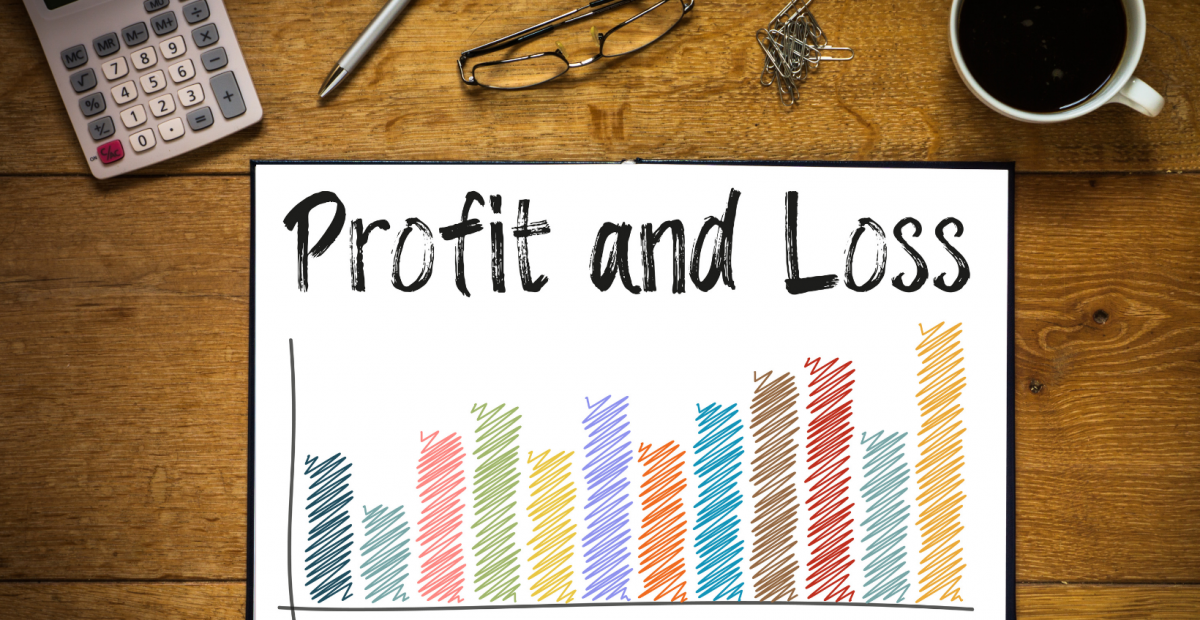Accounting Basics: The Profit and Loss Report


The profit and loss report is a key report when it comes to getting in control of your entity’s financial health.
What’s a profit and loss statement?
Your profit and loss statement is commonly called your P & L, but is also referred to as your income statement or statement of earnings. It’s a full breakdown of your entity’s revenue (money coming into the company as sales and other business income) and your expenditure (direct costs, overheads, expenses and other costs).
As a business, you obviously want to turn a profit and make money from your venture. Careful observation of your P&L allows you to track your revenues and expenses over a set period of time. You can then look back over the period and see exactly where you’re making money, and where you’re losing money. The more you make, and the less you lose, the greater your profits will be at year-end – and your P&L is your barometer for measuring these metrics.
The P&L statement is good for:
- Giving you a breakdown of all revenues and relevant costs and expenses
- Showing the profit and loss figures over a set period of time
- Summing up your profit and loss for the period to gauge if you’re profitable.
Talk to us about expanding your accounting skills
If you don’t know your assets from your equity, we don’t blame you. Accounting can be complicated and it takes time to fully grasp all the different terms and processes.
But if you’d like to know more about the basics of your entity accounts, we can help. We’ll be happy to run you through your latest management or statutory accounts and explain exactly what each report means – and how it reflects your current performance as a business.
Get in touch to find out more about your accounts.